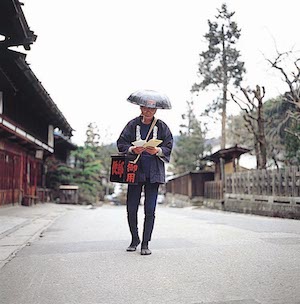Tsumago-juku is the forty-second post town on the Nakasendo, and is the most well-preserved of all the post towns in the Kiso region.
Compact enough to be easily explorable on foot, Tsumago-juku’s rows of traditionally-built and lovingly-maintained buildings contain more than enough unique sights and experiences to keep even the most seasoned traveller coming back again and again. So whether you’ve just finished a day hike of the Nakasendo trail, or checked in for a traditional inn for the night, why not step out onto the streets of Tsumago-juku and experience a slice of historical Japan.
Carp Rock (One of Nagiso’s Scenic Spots)
The 1805 book “Famous Places of the Kisoji” depicts the Carp Rock as the spitting image of a koi carp, seen mid-swim rising up towards the sky. Unfortunately, the rock was damaged in an earthquake in 1891, and while the Carp Rock is still an impressive sight, much of the resemblance has been lost.
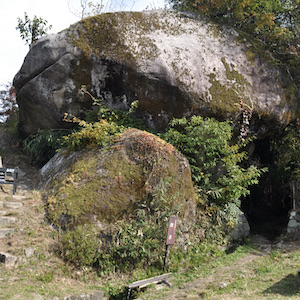
Kuchidome Guardhouse Remains
The Kuchidome guardhouse once inspected wood taken from the Kiso district. While Kiso provided a great variety of tree species, five especially highly-prized species – hinoki (Japanese cypress), sawara, asunaro, koya-maki, and nezuko – were strictly controlled, with extremely harsh punishments in place for unauthorized logging.
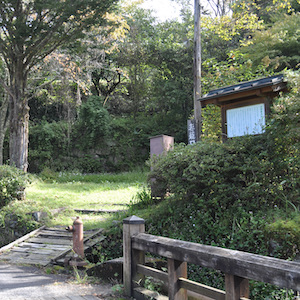
The Kumagai Family Residence (One of Nagiso’s Tangible Cultural Properties)
The Kumagai family residence lies in the remaining section of a nagaya (a long row of connected houses) dating from the early 19th century. The original floor plan of the nagaya can be seen in the left and right sections of the building, which were demolished, but then later rebuilt following their original design.
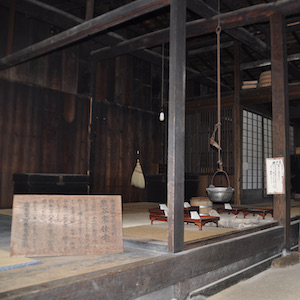
Kosatsuba (Official Noticeboard)
An imposing wooden notice board displaying the various laws and prohibitions of the Tokugawa government. The notice board was designed to tower above the observer to mirror the Shogun’s authority towering over his subjects.
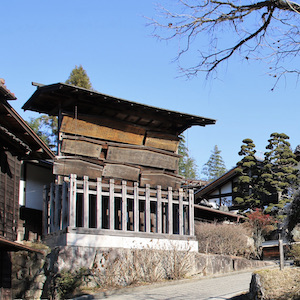
Tsumago Fureaikan (Free Rest Area)
A free rest area built using hinoki cypress and other local materials. The rest area also displays local folk art pieces for sale.
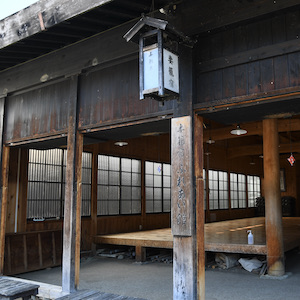
Tsumago-juku Honjin (Inn)
A honjin was a lavish inn for high-ranking officials during the Edo period. The final owner of this honjin was the brother of the famous writer Toson Shimazaki, who left Magome to be adopted into the family here. The original honjin here was unfortunately demolished during the Meiji period, but was rebuild in 1995 according to late Edo period illustrations owned by the Shimazaki family.
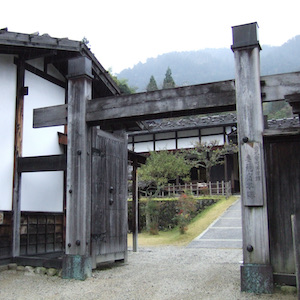
Waki-Honjin Okuya (Nationally Designated Important Cultural Property)
In contrast to the honjin, the waki-honjin inns served lower-ranking officials and regular, sufficiently wealthy travelers. However, the waki-honjin of Tsumago-juku is arguably even more special than the main honjin, in part due to the extensive use of hinoki cypress – a much-coveted variety of wood that was strictly controlled during the Edo period – used during its construction in 1877.This, along with the impressive craftsmanship on display in the building’s design and construction – which was made to mimic the look of a castle – led to it being designated a Nationally Designated Important Cultural Property in June 2001.
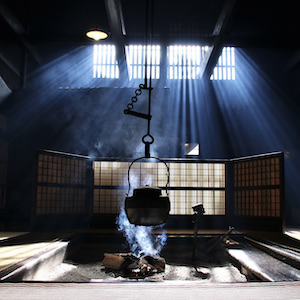
Nagiso Town Museum
The Nagiso Town Museum can be found right next to Waki-Honjin Okuya. Visitors can see exhibits on the history of Nagiso and the Kiso region, and learn about the town preservation movement protecting historical towns like Tsumago-juku. The museum’s goal is to tell a compelling, easy-to-understand story of history, and makes use of models and videos to ensure those with even a casual interest can learn something interesting.
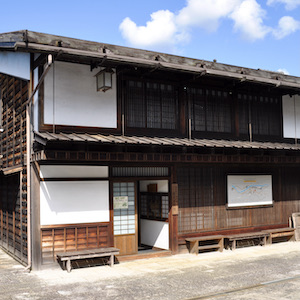
Silver Osmanthus (One of Nagiso’s Natural Monuments)
This SIlver Osmanthus (also sometimes called Sweet Olive) tree was tended as part of the garden of the head priest of Tsumago-juku’s Wachino Shrine. Its flowers blossom during the latter half of September.
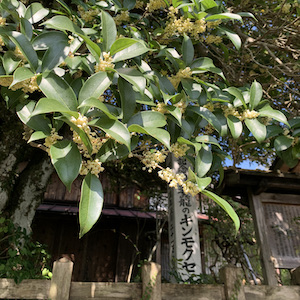
Site of the Tsumago-juku Masugata (One of Nagiso’s Historic Sites)
A masugata was a place where the road was constructed to turn at two right angles in order to obstruct movement of any potential attacking forces, who would otherwise have a clear view along the entirety of a post town’s single main street. A masugata is a common sight at post towns, and the masugata at Tsumago-juku has been particularly well preserved in its original form.
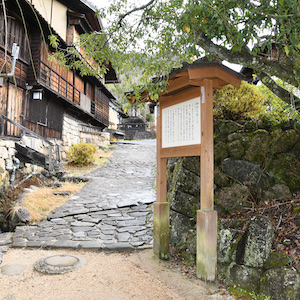
Kotokuji Temple
An elegant white-walled temple built on a plateau above the main town, and enclosed with a stone wall. Kotokuji Temple is believed to have originally been founded in the year 1500. Visitors to the temple can also see an antique wheeled palanquin, which was devised by the temple’s high priest in the early Meiji period.
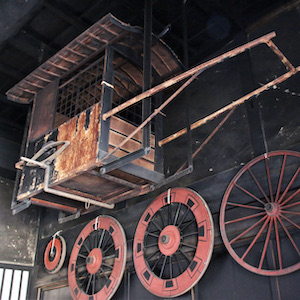
Enmei Jizo (Jizo, Protector of Children)
A large rock was brought down the Araragi River and enshrined here in 1813 by the high priest of Kotokuji Temple. On its surface one can see an image of the Bodhisattva (someone who is on the path to Buddhahood) Jizo – one of the most popular Buddhist figures in Japanese tradition, who was said to be a protector of the souls of children.
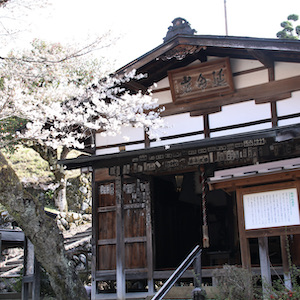
Shimosagaya (One of Nagiso’s Tangible Cultural Properties)
Originally one of several households in a nagaya row house, Shimosagaya is the only one still remaining. It was dismantled and restored in 1968, with great effort put into preserving the original style and design. The earthen floor doma area and the general layout are highly representative of the way Tsumago-juku’s common citizens lived in the past.
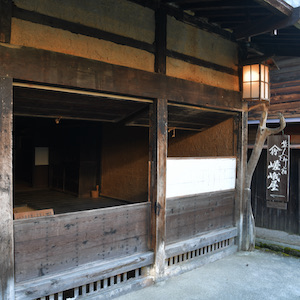
Terashita Townscape
The residents of Tsumago-juku have long taken action to preserve and protect the town, with Terashita being the first neighborhood where coordinated preservation action took place. As such, it can be considered the origin point of the entire townscape preservation movement.
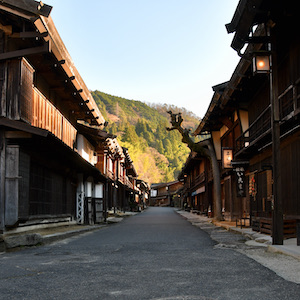
Kamisagaya (One of Nagiso’s Tangible Cultural Properties)
This cheap lodging house dates back to the mid 18th century. It was dismantled and carefully restored in its original style in 1969, and retains the atmosphere of Tsumago-juku as it was lived in and experienced by commoners, in contrast to the Tsumago-juku of the richer and more noble classes.

Tsumago-juku’s Post Officer
Even Tsumago-juku’s black post boxes conform to the traditional style on display, with postal workers delivering letters around the town in the traditional garb of conical hat and happi jacket.
